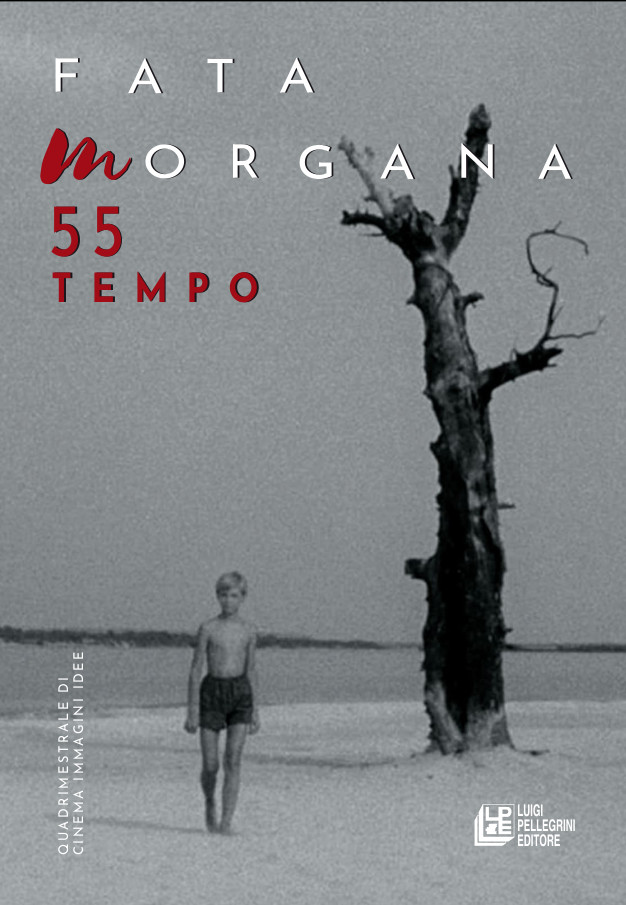
The reflection on time has always played a central role, creating polarities and taking on ever-changing forms. Chronos and kairós (Marramao); circularity and linearity (Agamben, Löwith); continuity and interruption (Benjamin): these are just some of the constellations of meaning around time. As Augustine suggests, time, precisely because it permeates and structures human experience, is never fully definable or representable (Guillaume). In ancient philosophy, time already appears as a field of forces. Between eternity and becoming (Plato), between movement and space (Aristotle), the polarities of the “constitutive aporia of time” (Hartog) take shape.
In the twentieth century, the interrogation of time saw extraordinary developments: in philosophy, through the discovery of the subjective duration of time, the structural function of anticipation and memory in experience, and finitude as the matrix of meaning for existence (Bergson, Heidegger, Husserl); in science, beginning with Einstein’s theory of relativity, through the discovery of the multiple temporalities that form the fabric of reality; in literature, through the subversion of traditional chronological conventions (Joyce, Mann, Proust, Woolf).
In reflecting on time, philosophical thought has found one of the most fertile grounds for establishing a dialogue with the various arts: according to Ricoeur, it is the narrative that opens a way to understanding the human experience of time, where philosophical definitions get lost in insoluble aporias. The reference to time in cinema, moreover, constitutes one of the main threads through which André Bazin’s work, one of the most influential critics in cinema history, can be read. Cinema, by its very essence, is rooted in temporal experience, thus enormously expanding the horizon of reflection on the meaning of time and temporality: identifying in the shaping of experience by the imagination the most original moment of this narrative understanding of time (Montani); offering “crystal-images” of time (Deleuze); referring to the relationship between the experience of time and technological devices for the archiving and preservation of memory (Stiegler, Virilio). Cinema thus brings to light the different forms in which this work on time manifests itself: as an experimentation with duration (Warhol’s Empire, Jarman’s Blue) and its effects on the emotional tone of vision through image construction (Ozu, Tarkovsky, Welles); as a questioning of the chronological order of narrative in favor of the emergence of a subjective or unconscious point of view (Hiroshima mon amour and Last Year at Marienbad by Resnais, Scorsese’s Shutter Island, or the Coen brothers' Inside Llewyn Davis, among others); as the possibility of showing the sense, and the non-sense, of life from the extreme limit of death (Antonioni, Bergman, Pasolini, Rossellini); as an anticipation of a philosophical or scientific reflection on the temporal structure of the world (Malick, Nolan, Tarr); as an enactment, or criticism, of the forms of collective historical narrative (Marker, Šub), also through a work of remediation within cinema history (Casetti, Rancière); as a reworking of memory through archival documentary work (Marazzi, Panh).
The work on the forms of time through images then finds an extension in video art. Consider the pioneering experiments of Nam June Paik and Bill Viola: the immediacy effect of video (Baudrillard, Derrida) becomes an opportunity for a continuous mise en abîme of the ordinary experience of time.
